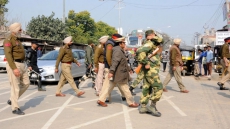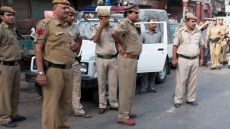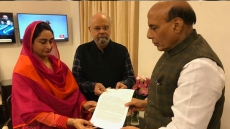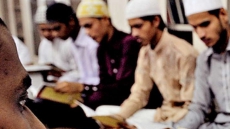The Delhi Government plans to include meditation, moral values and mental exercises and its core idea is to produce "sarvagun sampann" (versatile) "professionals and human beings who could serve the society with happiness
A day after it ended its sit-in at lieutenant governor’s office, the AAP dispensation Wednesday announced introduction of a “happiness curriculum” in Delhi’s government schools from the coming academic session. The “happiness curriculum” is ready and it will be launched by the Dalai Lama on July 2, Deputy Chief Minister Manish Sisodia said.
Dy CM @msisodia briefs media,
— AAP (@AamAadmiParty) June 20, 2018
AAP Govt to start The Happiness Curriculum in Delhi Education System from nursery to class 8th.
H.H. @DalaiLama to Launch it on 2nd July 2018.
Watch here 👇 pic.twitter.com/6TdqtxdZTP
“The curriculum will be taught to around eight lakh students from nursery up to class 8 students of all the Delhi government schools from July,” he told reporters. The final draft of the curriculum was approved at a meeting chaired by Sisodia, who is also the education minister in the Kejriwal government.
The curriculum will include meditation, moral values and mental exercises and its core idea is to produce “sarvagun sampann” (versatile) “professionals and human beings who could serve the society with happiness”, the Deputy CM said. “After ten years or more, these children will become professionals like doctors and engineers filled with happiness and serve the society,” he said.
"There are around 8 lakhs students that will get helped with this Happiness Curriculum in all Delhi Government Schools."- @msisodia pic.twitter.com/aGlRxpgUTn
— AAP (@AamAadmiParty) June 20, 2018
Citing his visit to Harvard University, Sisodia said that the authorities there told him that they were running “happiness” courses but that they were not as large as what the Delhi government was planning for its 1000 schools, having eight lakh students. He said that work was started on the curriculum from January this year and a team of 35-40 experts worked on it.





